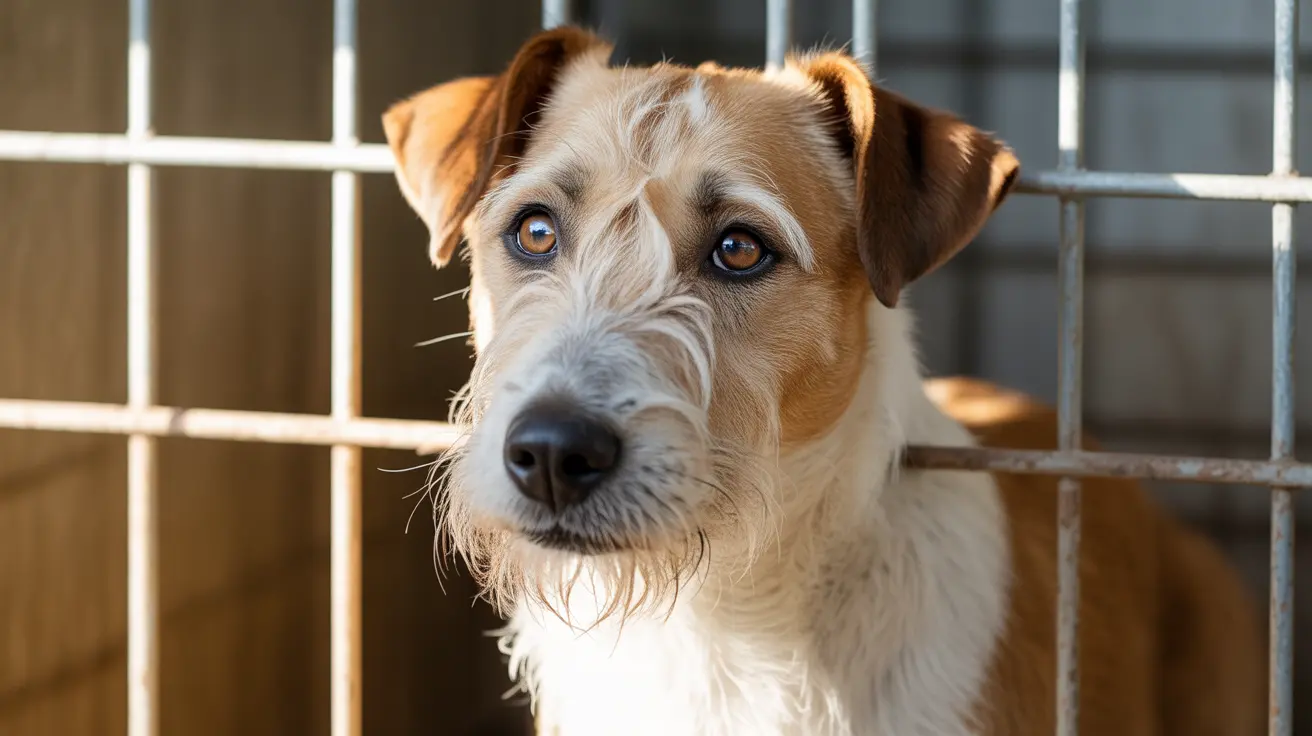Understanding What Makes a Dog Laugh
Have you ever played with your dog and felt as if they were genuinely laughing with you? While dogs may not laugh the same way humans do, research suggests dogs produce a unique sound—often referred to as a 'play-pant'—that is their version of laughter. This intriguing behavior not only tells us more about canine emotions but also strengthens the bond between pets and their humans.
The Science Behind Dog Laughter
Researchers have found that canine laughter is a specific kind of breathy pant that dogs emit during pleasurable activities like playing fetch, wrestling, or being petted. This 'play-pant' is distinct from normal panting associated with thermoregulation. Dr. Patricia Simonet, a researcher in animal behavior, conducted studies using recordings of play-pants, discovering that these sounds could evoke playful behavior in other dogs.
Sounds captured during play sessions exhibited a consistent frequency and lacked the harsher noises of regular panting. Her research indicated that:
- Dogs responded positively to recordings of the play-pant sound—even initiating play on their own.
- Shelter dogs exposed to these sounds exhibited reduced anxiety and showed happier behavior.
- The sound may function as a mood enhancer among dogs, much like laughter does for humans.
How Dogs Express Joy
Dogs express happiness through several behaviors, many of which correspond with laughter stimuli.
- Tail wagging: Particularly when the tail wags more to the right, it’s associated with positive emotions.
- Play bows: A posture where the dog stretches its front legs while raising its hindquarters, signaling readiness to play.
- Facial expressions: An open mouth resembling a grin with relaxed eyes can indicate joy.
- Vocalizations: Besides barking or whining, some dogs emit high-pitched sounds during play, which can resemble laughter.
Stimulating Laughter in Dogs
Since dogs' laughter is closely tied to play, engaging with your dog in ways that are fun and safe is the best way to stimulate this response.
- Interactive play: Games like tug-of-war, gentle wrestling, or fetch can elicit a laughing response.
- Socialization: Introducing your dog to friendly canine companions can trigger playful behaviors and laughter-like sounds.
- Clicker training and rewards: Positive reinforcement builds trust and happiness, setting the scene for joyful expressions.
- Physical affection: Belly rubs, behind-the-ear scratches, and gentle petting often prompt dogs to react positively.
Why It Matters
Understanding what makes dogs laugh is more than a curiosity—it's essential for building a deeper emotional bond and improving their well-being. For veterinarians and pet owners alike, recognizing signs of canine joy can guide behavioral assessments and enrichment strategies.
Moreover, using laughter-inducing stimuli like recorded 'play-pants' has proven successful in elevating the mood of anxious or depressed dogs in shelters, improving adoption outcomes and overall animal care quality.
Signs Your Dog Is Laughing
- Breathy panting distinct from regular panting
- Relaxed body posture and tail wagging
- Playful vocalizations and 'talking'
- Increased sociability and responsiveness
Next time you're playing with your furry companion, pay attention to the unique sounds they make. You just might hear your dog’s version of a giggle!





